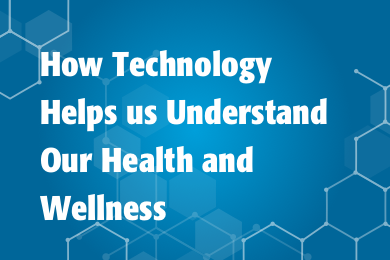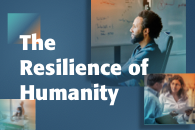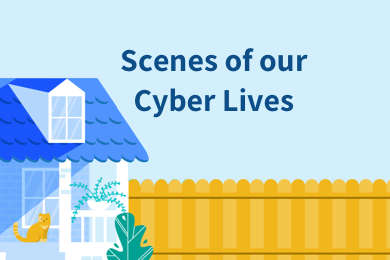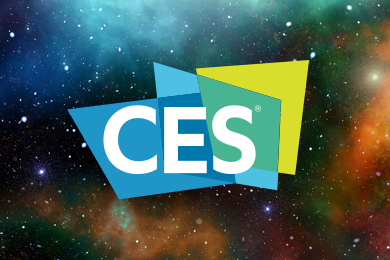June 11, 2019
 IEEE member Yoshinori Matsumoto is a professor in the Department of Applied Physics and Physico-Informatics at Keio University in Japan. His expertise in sensors, sensor networks, microcomputers and machine learning led him to develop a sensing system that he’s taken to Africa with the Japan Weather Association.
IEEE member Yoshinori Matsumoto is a professor in the Department of Applied Physics and Physico-Informatics at Keio University in Japan. His expertise in sensors, sensor networks, microcomputers and machine learning led him to develop a sensing system that he’s taken to Africa with the Japan Weather Association.
We talked with him about his experience, what motivates him to solve these challenges and where the future of sensor-enabled measurement is headed when it comes to building a more sustainable world.
Q (IEEE): What do you think are the main challenges in creating environmentally-sustainable smart cities?
A (Matsumoto): Current cities get their supplies of food, water and electricity from the outside, then send large amounts of waste to be disposed of outside as well, which is not a sustainable cycle. Smart cities need to at least try to save some energy and recycle things for the environment, and smooth traffic using the IoT.
Stoppage of lifelines due to natural disasters like major earthquakes is a constant threat. City life is also in danger of collapsing if water resources or food supplies are exhausted due to societal or environmental changes. It is important to prepare the environment and infrastructure in other viable regions so that people can escape from cities during emergency situations.
As abandoned cities in ancient civilizations show, cities sometimes cannot survive as conditions change, and that makes it important to have a plan. We should face the facts that the current sensitive supply of food and water with petroleum as our main fuel source requires serious planning on how to maintain our communities before we lose them for good.
Q: What role can sensor-driven networks play when it comes to the environment? What are the potential benefits of using artificial intelligence in this area?
A: AI sensors have many potential uses in industries such as healthcare and manufacturing where expensive and power-consuming devices are deployed. When it comes to the environment, new uses are still emerging.
For example, image sensors with AI that can judge natural phenomena and send results as text are a possibility. We could see prediction/support systems share environmental measurements through the IoT and the cloud, allowing experts in remote areas around the world to incorporate the insights and make decisions.
Q: You’ve started implementing some environmental measurement technologies – what made you focus on Rwanda and Uganda? And what role did the Japan Weather Association have in your work?
A: It started when I developed an environmental sensing system that can measure weather, radiation or PM2.5 information using sensor and IoT technology. The data transmits through Wi-Fi or LPWA networks and is collected by a cloud system. The cloud system then analyzes the data using machine learning. I also developed a smartphone-type PM2.5 measuring instrument, which provided real-time concentration readings of particulate matter 2.5 (PM2.5), a dangerous substance that causes various diseases, with map positioning data.
A venture company I knew made them into a product. The staff at the Japan Weather Association saw the product and thought it could be applied to healthcare and environmental measurements in Africa, and that proposition was adopted by the Ministry of Economy, Trade and Industry.
Last year, I was asked to support the project as the developer of the sensor and went to Rwanda. There I realized the necessity of inexpensive, low-running-cost devices in developing countries and decided to work on its development, together with the same venture company and the Japan Weather Association.




 Meaningful Momentum or Running in Place?
Meaningful Momentum or Running in Place? AI Through Our Ages
AI Through Our Ages Liquid Infrastructure: Our Planet's Most Precious Resource
Liquid Infrastructure: Our Planet's Most Precious Resource The Impact of Technology in 2025
The Impact of Technology in 2025 Quantum and AI: Safeguards or Threats to Cybersecurity?
Quantum and AI: Safeguards or Threats to Cybersecurity? Why AI Can't Live Without Us
Why AI Can't Live Without Us Bits, Bytes, Buildings and Bridges: Digital-Driven Infrastructure
Bits, Bytes, Buildings and Bridges: Digital-Driven Infrastructure Impact of Technology in 2024
Impact of Technology in 2024 Emerging AI Cybersecurity Challenges and Solutions
Emerging AI Cybersecurity Challenges and Solutions The Skies are Unlimited
The Skies are Unlimited Smart Cities 2030: How Tech is Reshaping Urbanscapes
Smart Cities 2030: How Tech is Reshaping Urbanscapes Impact of Technology 2023
Impact of Technology 2023 Cybersecurity for Life-Changing Innovations
Cybersecurity for Life-Changing Innovations Smarter Wearables Healthier Life
Smarter Wearables Healthier Life Infrastructure In Motion
Infrastructure In Motion The Impact of Tech in 2022 and Beyond
The Impact of Tech in 2022 and Beyond Cybersecurity, Technology and Protecting Our World
Cybersecurity, Technology and Protecting Our World How Technology Helps us Understand Our Health and Wellness
How Technology Helps us Understand Our Health and Wellness The Resilience of Humanity
The Resilience of Humanity Harnessing and Sustaining our Natural Resources
Harnessing and Sustaining our Natural Resources Creating Healthy Spaces Through Technology
Creating Healthy Spaces Through Technology Exceptional Infrastructure Challenges, Technology and Humanity
Exceptional Infrastructure Challenges, Technology and Humanity The Global Impact of IEEE's 802 Standards
The Global Impact of IEEE's 802 Standards Scenes of our Cyber Lives: The Security Threats and Technology Solutions Protecting Us
Scenes of our Cyber Lives: The Security Threats and Technology Solutions Protecting Us How Millennial Parents are Embracing Health and Wellness Technologies for Their Generation Alpha Kids
How Millennial Parents are Embracing Health and Wellness Technologies for Their Generation Alpha Kids Space Exploration, Technology and Our Lives
Space Exploration, Technology and Our Lives Global Innovation and the Environment
Global Innovation and the Environment How Technology, Privacy and Security are Changing Each Other (And Us)
How Technology, Privacy and Security are Changing Each Other (And Us) Find us in booth 31506, LVCC South Hall 3 and experience the Technology Moon Walk
Find us in booth 31506, LVCC South Hall 3 and experience the Technology Moon Walk Virtual and Mixed Reality
Virtual and Mixed Reality How Robots are Improving our Health
How Robots are Improving our Health IEEE Experts and the Robots They are Teaching
IEEE Experts and the Robots They are Teaching See how millennial parents around the world see AI impacting the lives of their tech-infused offspring
See how millennial parents around the world see AI impacting the lives of their tech-infused offspring Take the journey from farm to table and learn how IoT will help us reach the rising demand for food production
Take the journey from farm to table and learn how IoT will help us reach the rising demand for food production Watch technical experts discuss the latest cyber threats
Watch technical experts discuss the latest cyber threats Explore how researchers, teachers, explorers, healthcare and medical professionals use immersive technologies
Explore how researchers, teachers, explorers, healthcare and medical professionals use immersive technologies Follow the timeline to see how Generation AI will be impacted by technology
Follow the timeline to see how Generation AI will be impacted by technology Learn how your IoT data can be used by experiencing a day in a connected life
Learn how your IoT data can be used by experiencing a day in a connected life Listen to technical experts discuss the biggest security threats today
Listen to technical experts discuss the biggest security threats today See how tech has influenced and evolved with the Games
See how tech has influenced and evolved with the Games Enter our virtual home to explore the IoT (Internet of Things) technologies
Enter our virtual home to explore the IoT (Internet of Things) technologies Explore an interactive map showcasing exciting innovations in robotics
Explore an interactive map showcasing exciting innovations in robotics Interactively explore A.I. in recent Hollywood movies
Interactively explore A.I. in recent Hollywood movies Get immersed in technologies that will improve patients' lives
Get immersed in technologies that will improve patients' lives